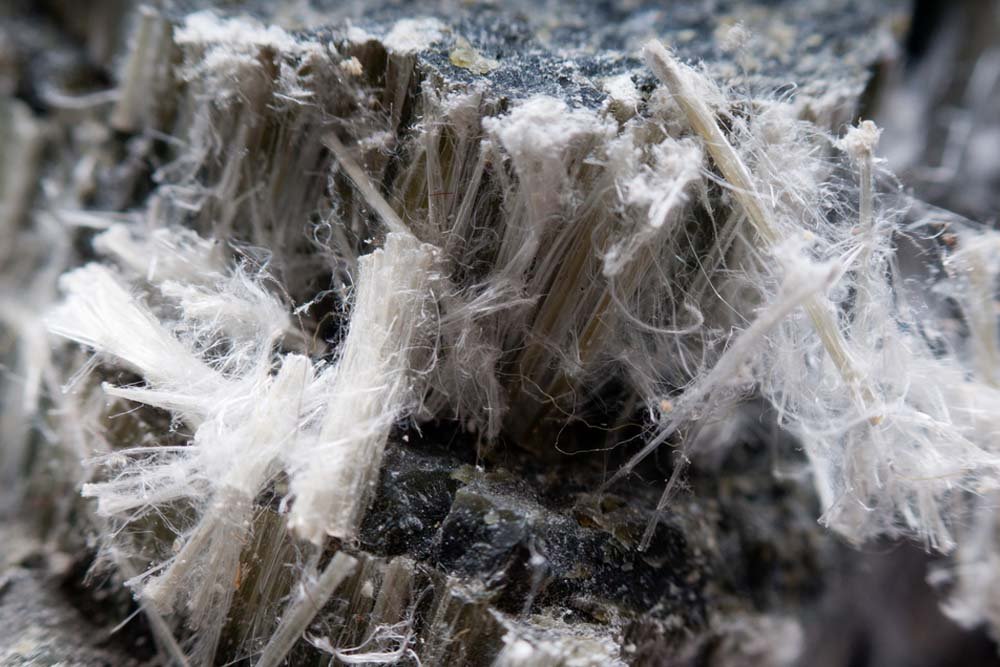Since asbestos is known to affect human health negatively, it has been a source of concern for a significant time. However, several misconceptions and fallacies around asbestos need to be dispelled. Before you can do that, though, you have to understand what asbestos is.
Asbestos is a naturally occurring mineral fiber that was widely employed in a variety of sectors due to the fact that it has desirable features such as resistance to heat, durability, and the capacity to insulate. It was widely utilized in a variety of items, including textiles, automobile components, building materials, and textiles. Because of the dangers posed by asbestos, its utilization is subject to stringent restrictions or outright prohibited in a great number of nations. If you have any reason to think that asbestos may be present in your home or place of business, it is highly suggested that you seek the advice of professionals who are trained in the testing and removal of asbestos. Only then can you be confident that the necessary precautions will be taken to protect your health. This piece will dispel the five most widespread misconceptions about asbestos. It will provide you with factually correct information, and ensure you comprehensively understand this potentially dangerous substance.
Myth 1: Asbestos Can Only Be Discovered in Older Structures
One of the most widespread misunderstandings regarding asbestos is that it can only be found in older structures. On the other hand, this could not be further from the truth. Even though asbestos was phased out of most uses in the construction industry in the late 1970s, the mineral can still be discovered in many older structures. Because materials containing asbestos were utilized for their fire-resistant and insulating capabilities, they were prevalent in various structures, including residential dwellings, schools, hospitals, and commercial buildings.
Remembering that asbestos might be difficult to identify without appropriate testing is essential. As a result, it is imperative to engage in discussions with qualified individuals and conduct exhaustive inspections before any modifications or demolitions.
Myth 2: Asbestos Is Completely Safe As Long As It Is Not Disturbed
One such fallacy concerning asbestos is that it is risk-free as long as it is not disturbed in its natural state. The unfortunate reality is that this is not the case. Even while it poses a lower risk than asbestos that has been damaged or become friable, asbestos that has not been disturbed can emit toxic fibers into the air over time.
Because asbestos fibers are so minute, they are easily released into the air whenever asbestos-containing objects are damaged or otherwise agitated. These fibers can be breathed, leading to major health problems such as lung cancer, mesothelioma, and asbestosis. They can also cause asbestosis. Because of this, it is extremely important to handle and treat asbestos-containing materials with extreme caution, irrespective of the state in which they are currently found.
Myth 3: Exposure To Asbestos During Work Is The Only Time It Poses A Health Risk
Many individuals believe that the only persons in danger of getting diseases associated with asbestos are those who work directly with the substance. On the other hand, this is a difficult urban legend that puts a great number of people in jeopardy. Although those who work in areas such as construction, shipbuilding, and manufacturing are more likely to be exposed to asbestos, anyone has the potential to come into contact with asbestos fibers.
It is possible to find asbestos in various items and materials, such as vinyl floor tiles, ceiling tiles, pipe insulation, roofing materials, and even home appliances. As a result, everyone must be aware of the possibility of asbestos and take the appropriate safety precautions to reduce their level of exposure.
Myth 4: The Use of Asbestos Is Prohibited Throughout The World
Despite what most people believe, asbestos has not been outlawed everywhere in the globe. Asbestos is still utilized in specific applications and can be imported from countries where its usage is prohibited to a lesser extent, even though its utilization has been subjected to stringent restrictions in several nations, including the United States of America, Canada, and European nations.
It is of the utmost importance to keep abreast of the asbestos restrictions applicable in your region and ensure that you are aware of the potential presence of asbestos-containing items in the environment around you. Suppose you have reason to believe that asbestos may be present. In that case, it is in your best interest to seek the advice of professionals and adhere to all of the recommended procedures for testing and removing the substance.
Myth 5: The Only Way To Be Exposed To Asbestos Is Through Breathing It In
Although breathing in asbestos is the most common method that people are exposed to the mineral, it is not the only way that asbestos fibers can enter the body. Ingestion of asbestos can also occur if contaminated products are swallowed unintentionally, or workers do not follow appropriate hygiene standards, such as washing their hands before eating. This can result in asbestos fibers being released into the body.
In addition, persons might be subjected to secondary asbestos exposure if they come into contact with asbestos-contaminated items, such as clothing, equipment, or cars. Inadvertently bringing asbestos fibers into the home might put family members of people who work with asbestos in danger.
It is essential to understand that even brief contact with asbestos fibers can negatively affect one’s health in the long run. As a result, it is vital to safeguard oneself and the people around them by taking the right preventative steps and according to the safety requirements.
Conclusion
You want to accomplish your goals of raising awareness about asbestos and promoting safety by dispelling some of the more frequent misunderstandings that circulate about this dangerous chemical. Because asbestos is still a serious risk in many regions of the world, it is imperative that you place a high priority on the health and well-being of yourself and those people you care about by remaining informed and adopting the necessary safety steps. Regarding asbestos, it is important to remember that information is power.
















